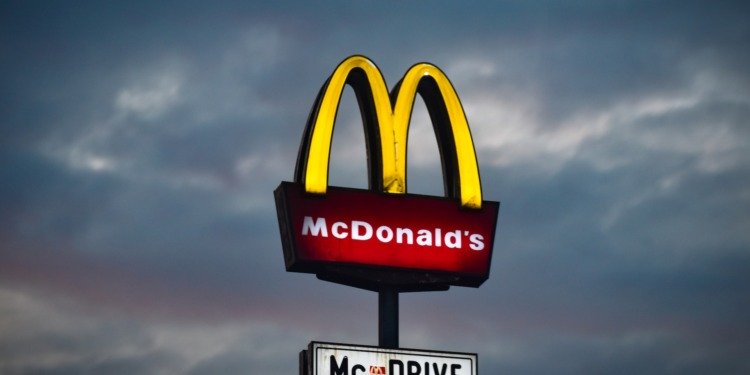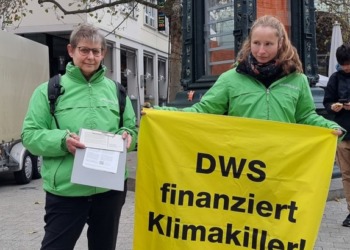McDonald’s has ballooned into a fast-food giant spanning over 100 countries. Has this rise been accompanied by a genuine commitment to sustainability?
Climate Action
“Reducing emissions and adapting to climate change is critical to the success of the McDonald’s System.”, McDonald’s Company Statement
In recent years, McDonald’s has tried to address its environmental impact by aligning its climate action goals with the Science Based Targets initiative (SBTi) and the new FLAG framework.
By 2030, the fast food chain aims to reduce greenhouse gas emissions related to its restaurants and offices by an impressive 36% from a 2015 baseline. Additionally, McDonald’s plans to decrease emissions intensity (per metric ton of food and packaging) across its supply chain by 31%.
The company has also hopped on the renewable energy train, committing to purchasing renewable energy and renewable energy certificates.
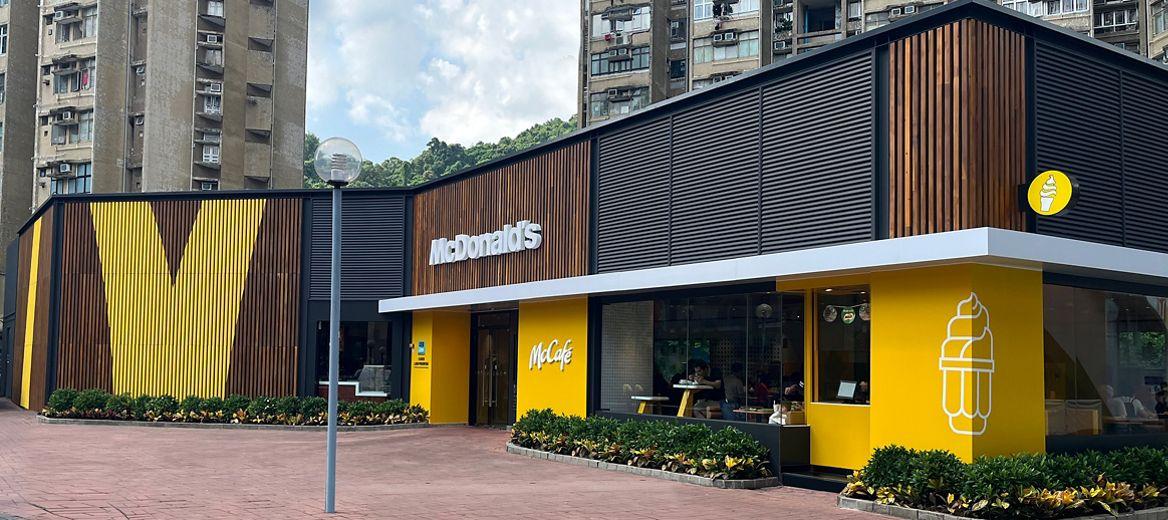
Despite these commendable efforts, McDonald’s still has a long way to go regarding reducing its carbon footprint. Beef production, which generates significant greenhouse gas emissions, is a major concern, with McDonald’s being a substantial player in the global beef industry.
Currently, the company contributes between 1-2% of the world’s total beef consumption through its network of 39,000 restaurants. While McDonald’s acknowledges the issue, the company still heavily relies on beef, making progress towards reducing its carbon footprint challenging.
The fast-food titan has dived into the realm of sustainability, adding a dash of green to their menu with options like the McPlant Steakhouse burger. However, true change would become unmistakable if a larger portion of McDonald’s 39,000 restaurants had more meatless options on their menus.
Packaging and Waste
“We are accelerating solutions that reduce waste while also transitioning to more sustainable packaging and toy materials.”, McDonald’s Company Statement
Regarding packaging and waste, McDonald’s has been actively working on reducing waste and transitioning to more sustainable packaging.
In particular, McDonald’s has taken steps to reduce the use of virgin fossil fuel-based plastic in Happy Meal toys, with a 47.8% reduction since 2018. This is a positive development, given that promotional items often end up as waste, especially among the company’s target market of young children.
In 2022, a whopping 85.1% of their restaurants in advanced infrastructure markets served up recycling options for packaging items. And that is not all. The fast-food giant has bid farewell to plastic McFlurry cups and even brought renewable fiber salad boxes to Europe.
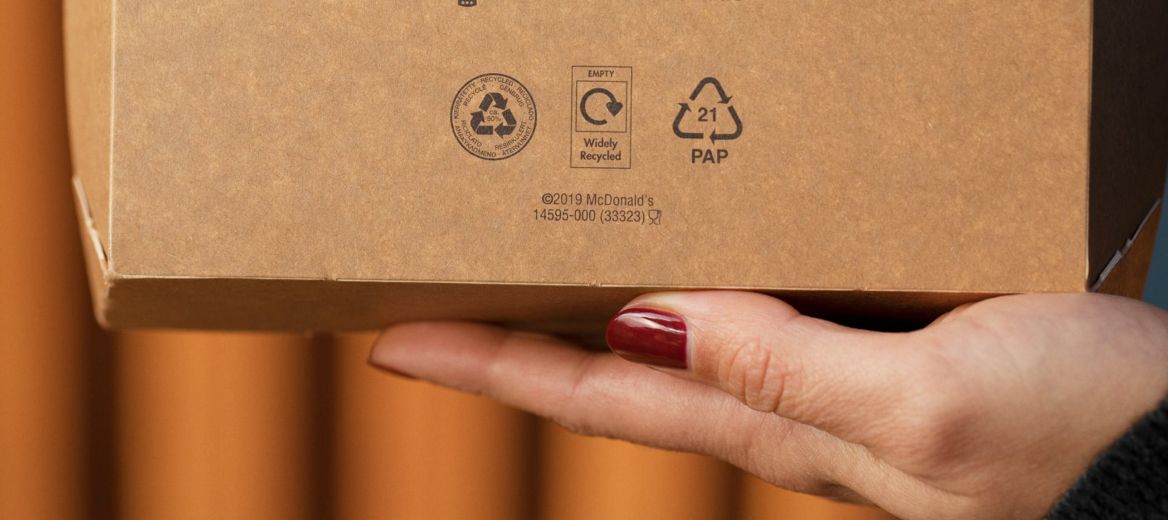
Now, let us shift our focus to packaging and waste, an area where McDonald’s can do more to reduce its environmental footprint.
With the expansion of vegan and plant-based menu options, McDonald’s has the opportunity to expand it’s use of sustainable packaging materials. This move could involve introducing compostable packaging made from renewable sources, reducing the ecological impact of their fast food offerings.
While the fast food giant has made some strides forward, it appears it can’t resist taking a few steps back.
In 2021, McDonald’s replaced plastic straws with paper ones in their U.K. branches as part of their environmental efforts. However, there were issues with paper straws being thick. This thickness, unfortunately, meant that these theoretically recyclable and more- eco-conscious straws had to be trashed into general waste.
While they have since addressed this problem in their U.K. branches, it underscores the broader sustainability challenge. It is not just about marketing. It is about finding practical and tested solutions that genuinely contribute to a greener future.
Greenwashing Warning Signs: How to Spot Them | The Bullfight Between Plant Based Meat and Beef
Nature, Forests, and Water
“We’re taking a holistic approach to protecting natural resources, the communities that rely on them and the future of our business.” McDonald’s Company Statement
McDonald’s has taken several green steps to address the environmental impact of meat production, especially concerning deforestation.
They have partnered with Proforest to create a Deforestation-Free Beef Procurement Policy. This policy uses advanced satellite mapping and government data to identify key areas and assess the risk of deforestation.
Simply put, this means that McDonald’s can closely track changes in land use and tree cover, allowing them to quickly detect signs of deforestation. This approach ensures a swift response to deforestation threats and promotes cooperation within the supply chain to prevent potential disasters.
In terms of water stewardship, McDonald’s has collaborated with organizations like EcoProgress in Europe and initiated water efficiency pilots in the U.S. These efforts began in Southern California in 2019 and have since expanded to over 19 restaurants in the region. This has been alongside updating construction and remodeling standards to include water-saving features.
But not everything has been as green as McDonald’s has claimed.
Back in 2019, McDonald’s joined WWF’s ReSource Plastic initiative, aiming to shrink their plastic footprint. While certainly commendable, a recent investigation revealed a plastic hiccup. McDonald’s, alongside other major business, were revealed to have increased their plastic production last year.
WWF estimated that 43% of this plastic landed in landfills, 9% went up in smoke, and 15% was just mismanaged, leaving a recycling rate of only 34%.
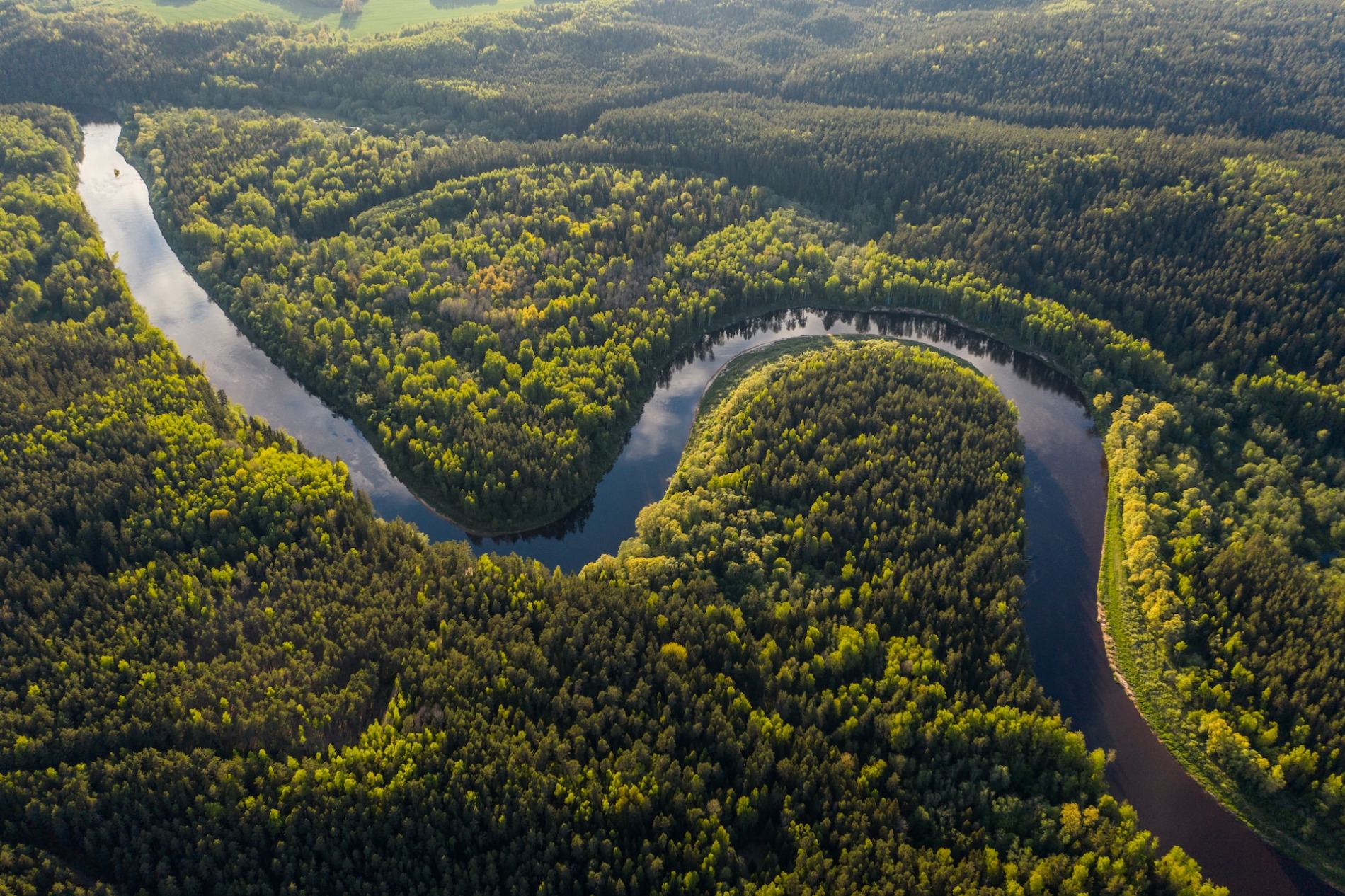
Ivars Utināns
In the face of these greenwashing accusations, McDonald’s recently claimed that it had “substantially” reached its deforestation goals.
Originally, McDonald’s aimed to eliminate deforestation from its supply chains by 2020, targeting commodities like palm oil, and beef. However, this was not achieved.
Since then, McDonald’s has reported that 97.7% of these priority commodities have been sourced from deforestation-free supply chains since 2021.
Here is the kicker!
The Burger monarch initially planned to legislate the deforestation target at a postcode level. Still, they shifted to using guidelines from the Australian Beef Sustainability Framework. This change in approach has ensured that McDonald’s can meet its goals by redefining its goals to meet those of a less rigorous sustainability framework.
So, how Sustainable is the Fast-Food Giant?
Although recent efforts in climate action deserve recognition, the journey towards a genuinely sustainable McDonald’s is a work in progress. This transformation will only materialise when profits and sustainability walk hand in hand.
With its wide-reaching influence, McDonald’s certainly has the power to shape how people eat, potentially steering their offerings towards a more planet-friendly direction.
Editor’s Note: The opinions expressed here by the authors are their own, not those of Impakter.com — In the Featured Photo: McDonald’s Sign in Slovenia. Featured Photo Credit: Unsplash


